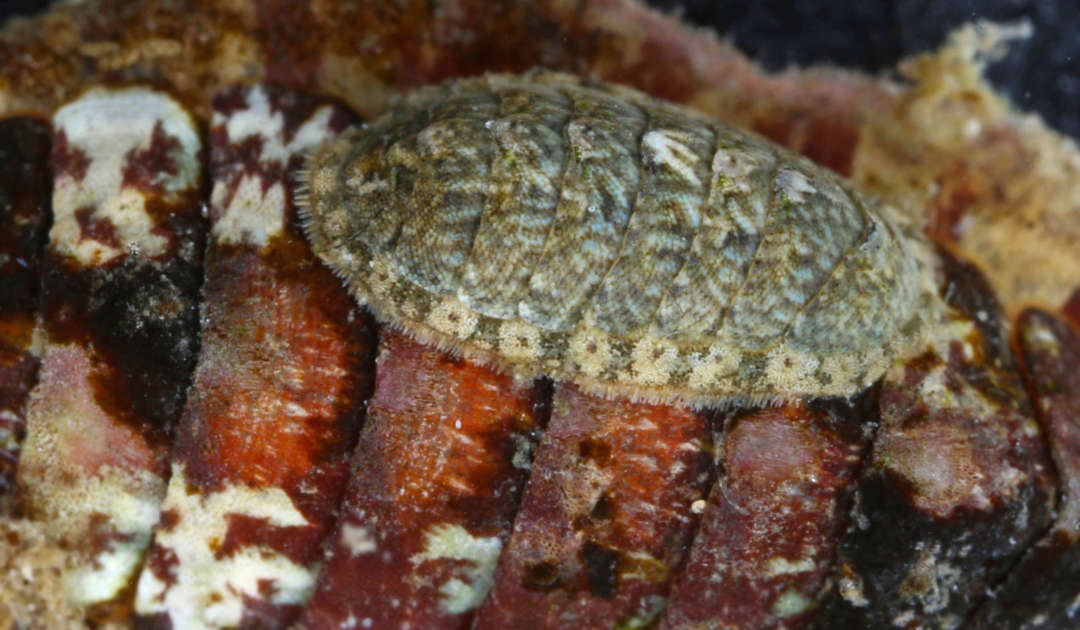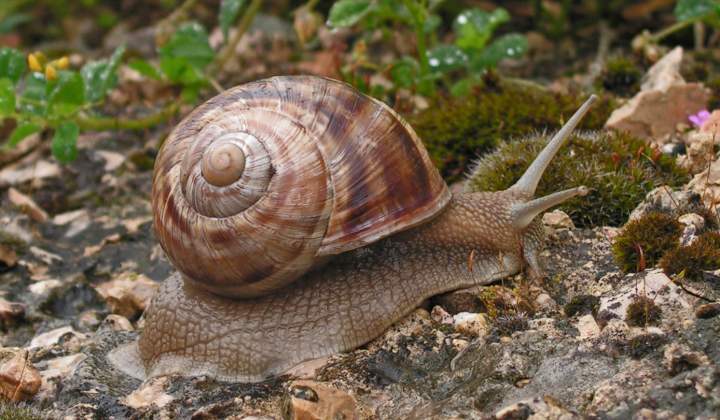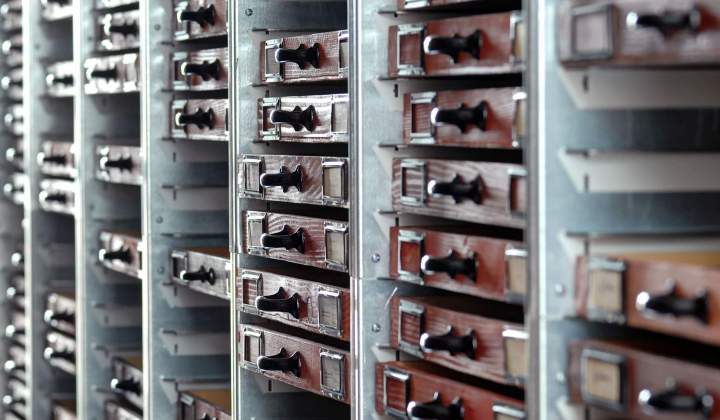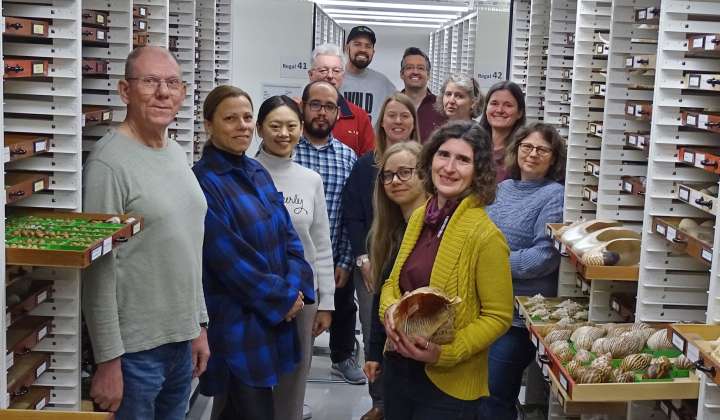The collection of large freshwater mussels (river mussels, order Unionida) has been digitised and completely revised through projects funded by the German Research Foundation (2012- 2015 and 2022- 2024) and the Erika-und-Walter-Datz Foundation (2019).
The river mussel collection of the Senckenberg Research Institute and Nature Museum Frankfurt is one of the most important of its kind in the world. It comprises (as of 2024) approx. 20,500 series (lots), each series ranging from one to (exceptionally) 250 shells. We estimate the total number of individual specimens to be around 80,000.
The collection contains, among other things, very comprehensive holdings of European species from almost all water systems dating back to the first half of the 19th century, as well as extensive type and specimen material from all continents. This makes the collection an internationally sought-after research tool and an invaluable data archive. In addition to the specimens from the Palaearctic region, which is traditionally the most extensive part of the collection, the specimens from South America (Hermann von Ihering collection) and South East Asia (Rolf A.M. Brandt collection) are particularly important.
These focal areas are also reflected in the geographical distribution of the type material, as the following list of the number of type series, including paralecto- and paratypes, by major region shows.
- North Eurasia: 498
- East Asia: 77
- Australasia: 3
- Afrotropics: 62
- North America: 21
- Central America: 14
- South America: 117
All parts of the collection are accessible via the Internet in the object database AQUiLA. This makes it possible to use them for a variety of questions (changes of species ranges, modern revision of taxonomy, etc.).
- We look forward to hearing how you use the collection for your research.
For more information, contact Karl-Otto Nagel




